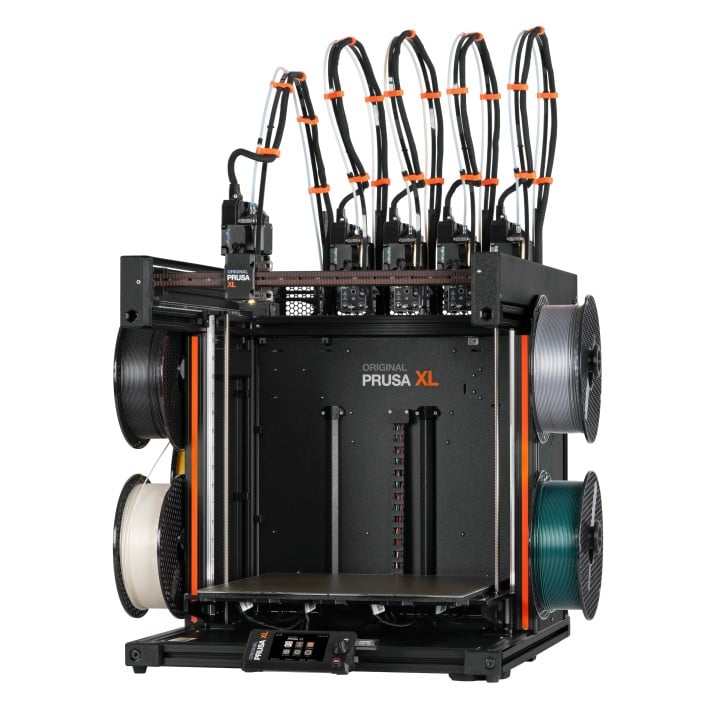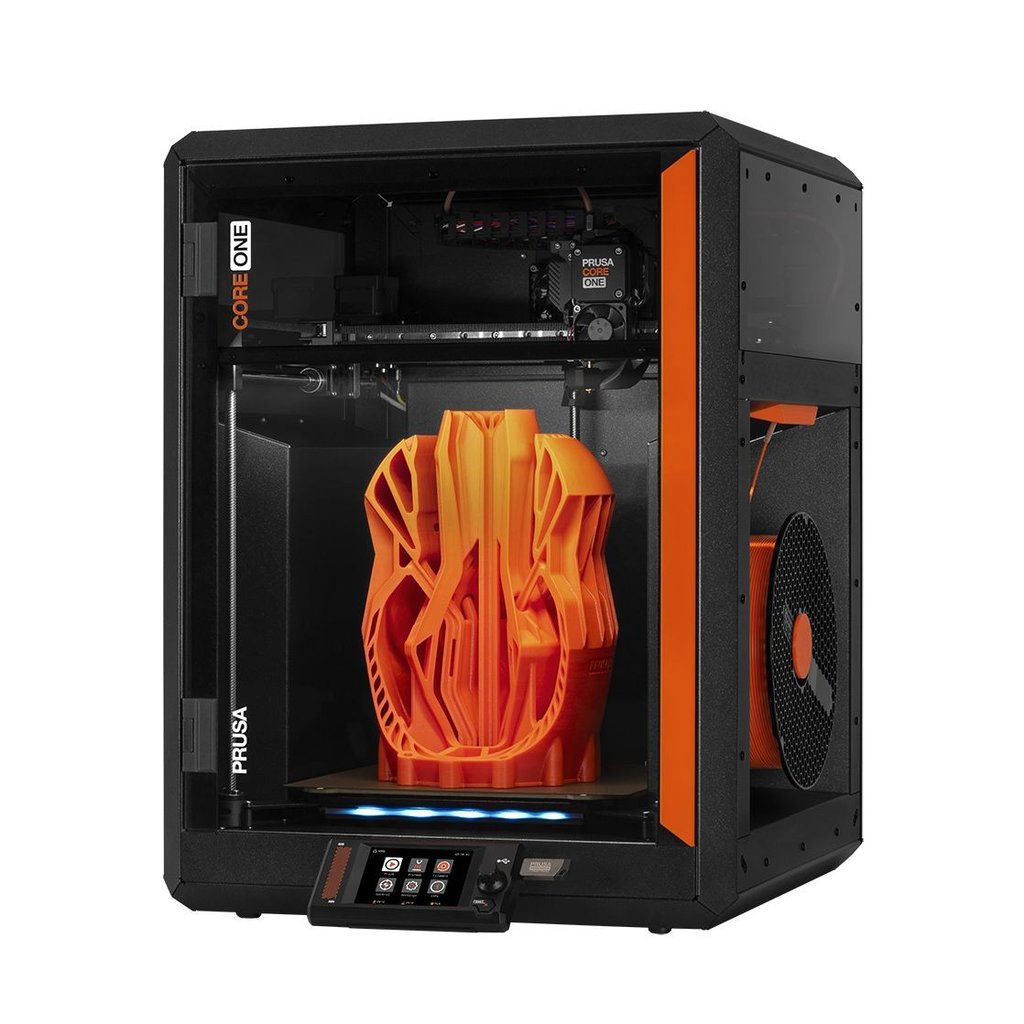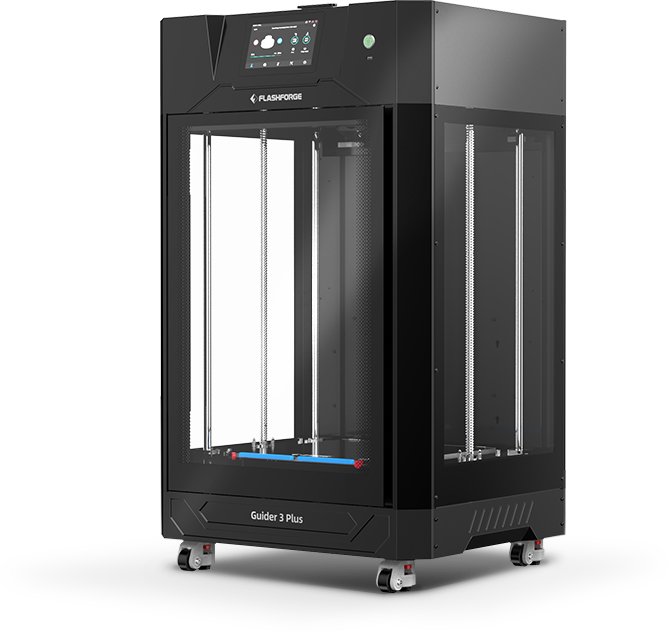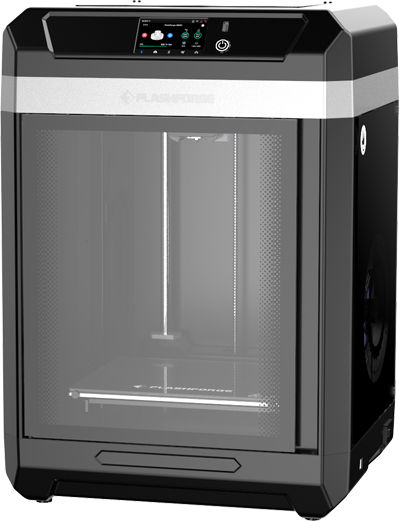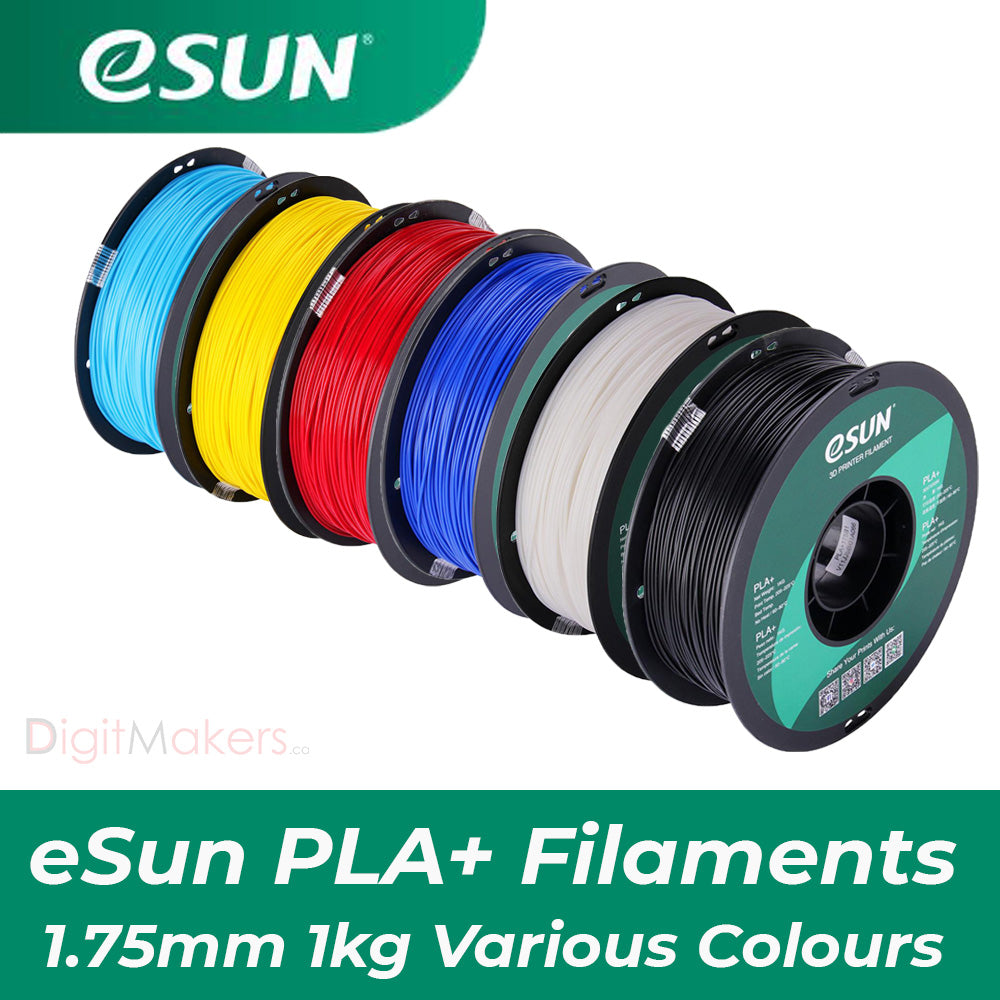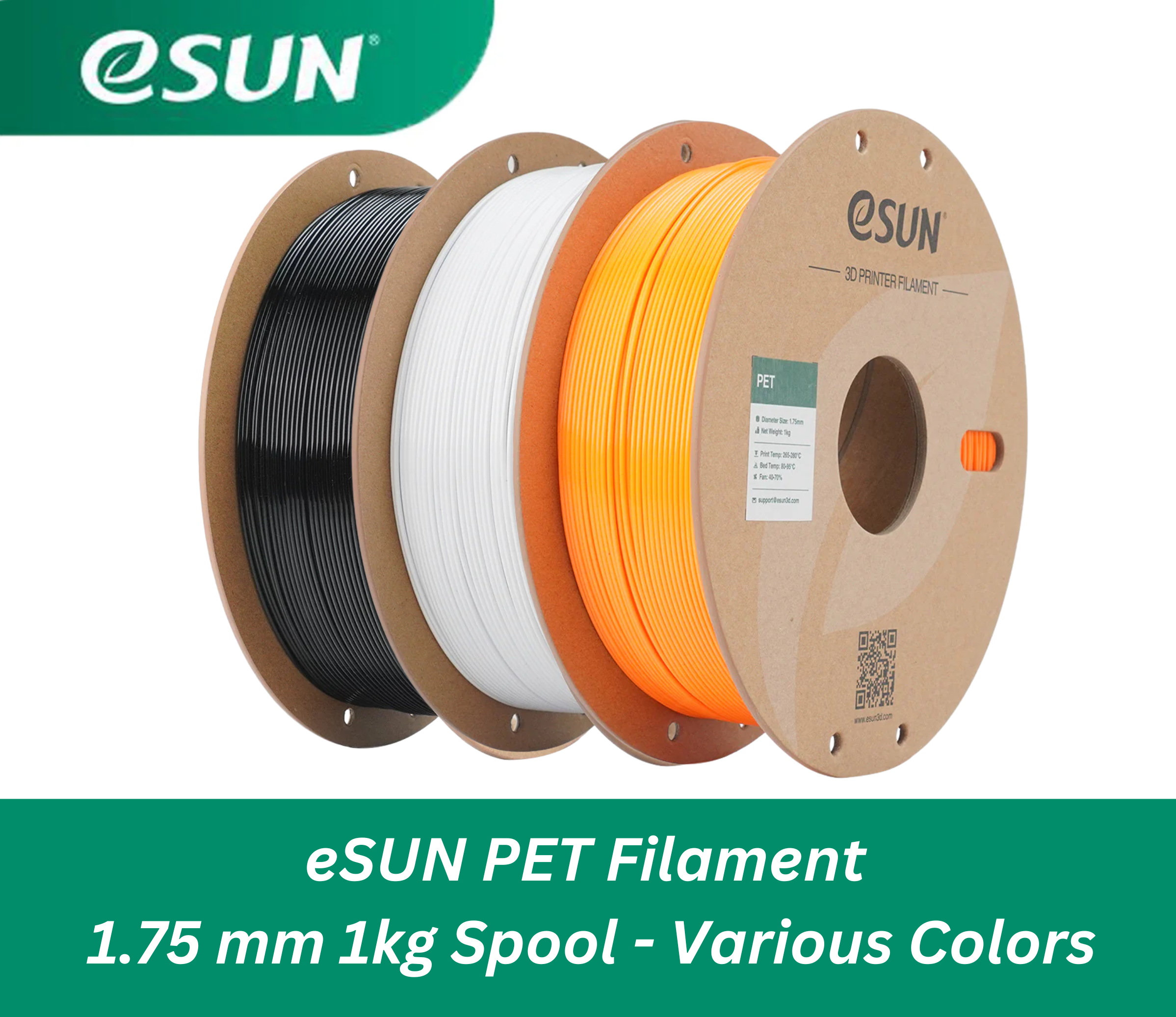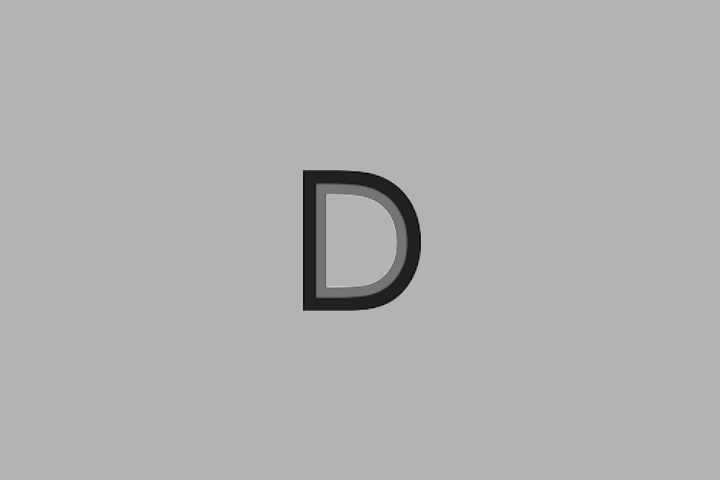Filaments Depot PCTG
PCTG (Poly-Cyclohexylenedimethylene Terephthalate Glycol) is a durable and versatile 3D printing filament known for its superior impact resistance, clarity, and chemical resistance. As part of the same material family as PETG, PCTG offers enhanced toughness and thermal stability, making it an ideal choice for both functional and aesthetic prints.
Key Features:
-
Superior Impact Resistance: PCTG offers up to 20 times higher impact resistance than standard PETG, making it ideal for applications requiring durability.
-
Excellent Clarity: Provides a clear, glass-like finish, perfect for creating transparent or translucent prints.
-
Higher Heat Resistance: With improved thermal stability, PCTG can withstand higher temperatures without deforming compared to PETG.
-
Enhanced Chemical Resistance: Offers superior resistance to chemicals, oils, and cleaning agents.
-
Ease of Printing: Prints at similar settings to PETG with minimal warping and excellent layer adhesion.
-
Eco-Friendly: PCTG is 100% recyclable, aligning with sustainable practices.
Typical Properties
| Properties |
Test Methods |
Units |
Values |
| General Properties |
|
|
|
| Intrinsic Viscosity |
ISO 1628-5 |
dl/g |
0.76 ± 0.02 |
| Color L* |
ASTM D6290 |
|
≥ 64 |
| Color b* |
ASTM D6290 |
|
≤ 1 |
| Bulk Density |
|
g/cm³ |
0.73 |
| Specific Density |
ASTM D 792 |
g/cm³ |
1.27 |
| Water Absorption |
ASTM D 570 |
% |
0.15 |
| Humidity Absorption |
ISO 62 (method 4) |
% |
0.17 |
| Mold Shrinkage |
ASTM D 955 |
% |
0.2 – 0.5 |
| Particle Size |
|
mg/20 chips |
320 ± 50 |
| Pellet Shape |
|
|
Cylindrical |
| Mechanical Properties |
|
|
|
| Hardness (Shore D) |
ASTM D2240 |
|
76 |
| Tensile Properties |
|
|
|
| Tensile Stress at yield |
ISO 527 -1/- 2 |
MPa |
50 |
| Tensile Strain at yield |
|
% |
4.2 |
| Tensile Strain at break |
|
% |
84 |
| Tensile Modulus |
ISO 527 -1/- 2 |
MPa |
2175 |
| Flexural Properties |
|
|
|
| Flexural Modulus |
ISO 178 |
MPa |
1822 |
| Flexural Strength |
|
MPa |
61 |
| Izod Impact Resistance |
|
|
|
| Notched - 23°C |
ISO 178/A |
kJ/m² |
5.2 |
| Notched - 0°C |
|
kJ/m² |
5.2 |
| Notched - (-30°C) |
|
kJ/m² |
5.2 |
| Unnotched - 23°C |
ISO 180/U |
kJ/m² |
Not Break |
| Unnotched - 0°C |
|
kJ/m² |
Not Break |
| Unnotched - (-30°C) |
|
kJ/m² |
Not Break |
|
Puncture impact behaviour
Energy to maximum force
|
ISO 6603-2/3.3 m/s |
J |
43 |
| Thermal Properties |
|
|
|
| Glass Transition Temperature |
ASTM D3418 |
°C |
80 – 85 |
| Vicat Softening Temperature |
ISO 306/A50 |
°C |
79 |
| Heat Deflection Temperature |
|
|
|
| @ 0.45 MPa |
ISO 75-1/-2 |
°C |
71 |
| @ 1.8 MPa |
|
°C |
61 |
| Optical Properties |
|
|
|
| Gloss |
ASTM D 2457/60° |
GU |
166 |
Applications:
- Functional Prototypes: Ideal for mechanical parts, casings, and tools requiring impact resistance.
- Protective Equipment: Suitable for creating face shields, guards, and covers.
- Transparent Models: Great for producing clear parts like bottles, containers, and display models.
- Consumer Products: Perfect for durable items such as phone holders, kitchen tools, and protective cases.
PCTG vs. PETG - Key Differences:
| Feature |
PCTG |
PETG |
| Impact Resistance |
⭐⭐⭐⭐⭐ (Superior) |
⭐⭐⭐ (Good) |
| Heat Resistance |
⭐⭐⭐⭐ (Higher) |
⭐⭐⭐ (Moderate) |
| Clarity |
⭐⭐⭐⭐ (Excellent) |
⭐⭐⭐⭐ (Excellent) |
| Chemical Resistance |
⭐⭐⭐⭐ (Enhanced) |
⭐⭐⭐ (Standard) |
| Ease of Printing |
⭐⭐⭐⭐ (Minimal warping) |
⭐⭐⭐⭐ (Minimal warping) |
Why Choose PCTG Over PETG?
If you require a stronger, more impact-resistant material with improved heat resistance, PCTG is the superior choice. Its durability makes it ideal for demanding applications while still being easy to print with standard PETG settings.
